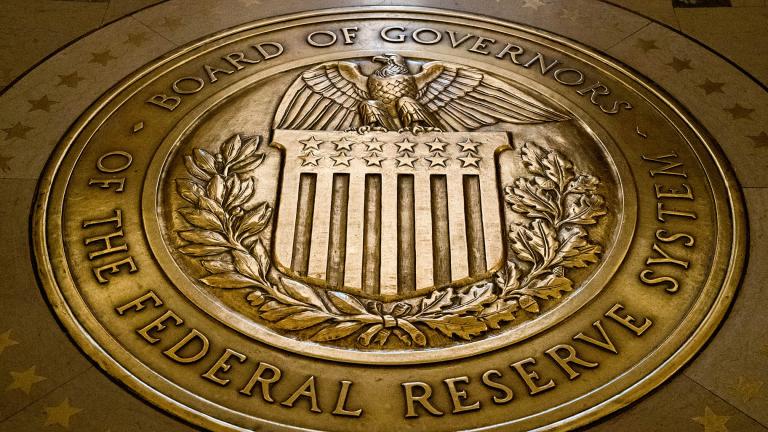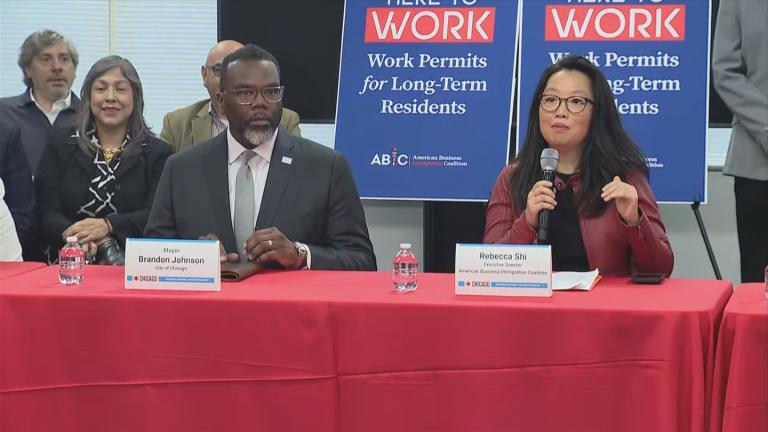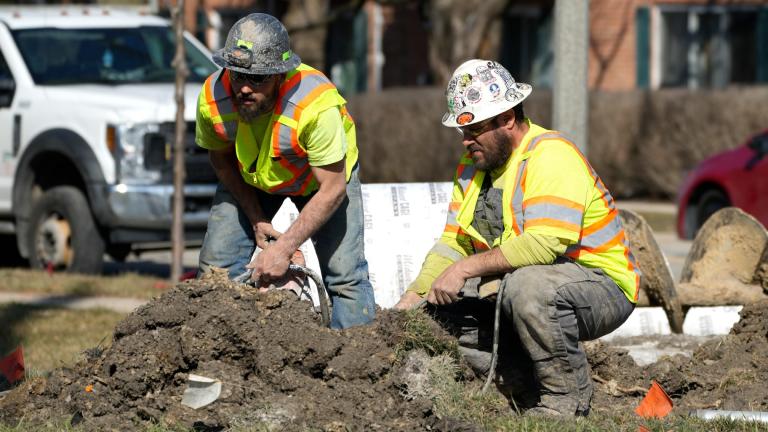Anyone who’s been to the grocery store lately knows the cost of food — meat, especially — is going up.
Last year, shoppers paid roughly 6% more for their groceries than the year before. But it’s the cost of meat in particular that is behind much of the rise in our grocery bills. Beef is now some 20% more expensive than it was, while pork is up 14% and chicken around 7%, according to the Bureau of Labor Statistics — leading to higher than ever profits for major meat suppliers.
Those profits have not gone unnoticed in Washington.
While food companies claim that the price hikes are a result of increased costs due to the pandemic — as well as extreme weather, the White House in January cited a lack of “meaningful competition” in the meat sector as being at least partly to blame.
The White House noted that just four major meat companies – Tyson Foods, JBS, Marfrig, and Seaboard – control between 55% and 85% of the markets for pork, beef and chicken.
“That gives all these companies a lot of market power,” says Claire Kelloway, food program manager for fair food and farming systems at the Open Markets Institute — an anti-monopoly think tank based in Washington.
“Certainly the industry does face some genuine supply chain disruptions … but this is also a highly concentrated industry,” said Kelloway. “If these companies were just passing on their increased costs of production we wouldn’t see their profits increase. But not only are they not just maintaining their current profits, they’re rising at record levels.”
According to the White House, net profits for the top meat producers are up over 300% since 2019. It said in a January briefing note that one large meat-processing firm told investors on an earnings call that by increasing the price of beef by 35% it made record profits in the fourth quarter of 2021 despite selling less beef than a year earlier.
“The meat price increases we are seeing are not just the natural consequences of supply and demand in a free market—they are also the result of corporate decisions to take advantage of their market power in an uncompetitive market, to the detriment of consumers, farmers and ranchers, and our economy,” according to a White House statement.
Nikhil Mehta, a corporate lawyer at Smith Amundsen with expertise in anti-trust law says that unjustifiably high profits could be a sign of price gouging by food suppliers.
“I don’t think it’s a tell all. I don’t think it’s the holy grail of identifying price gouging per se. But I think it could be an indicator or a symptom of price gouging for sure,” said Mehta.
He says there is no single test to determine what level of increase constitutes price gouging, although some state laws typically put a cap on price hikes of between 10% and 25% while others may refer simply to “excessive” or “exorbitant” increases.
“You can have normal supply and demand and resellers, grocery stores, gas stations can mark up their products based on healthy supply and demand,” said Mehta. “They just can’t go exorbitantly above what the market is dictating.”
As of now, despite rumblings from the likes of Sen. Bernie Sanders of Vermont, federal legislative action on price gouging in the food industry seems unlikely. That may happen in the longer term, says Kelloway, but for right now it may be the pressure of a possible public backlash against companies perceived to be making excessive profits that may curb corporate greed.
“The one thing that people are interested in in the immediate future,” said Kelloway, “is to what degree even just calling this out and putting pressure on the companies for what could be seen as pandemic or crisis profiteering – will that make them question the next price hike?”








